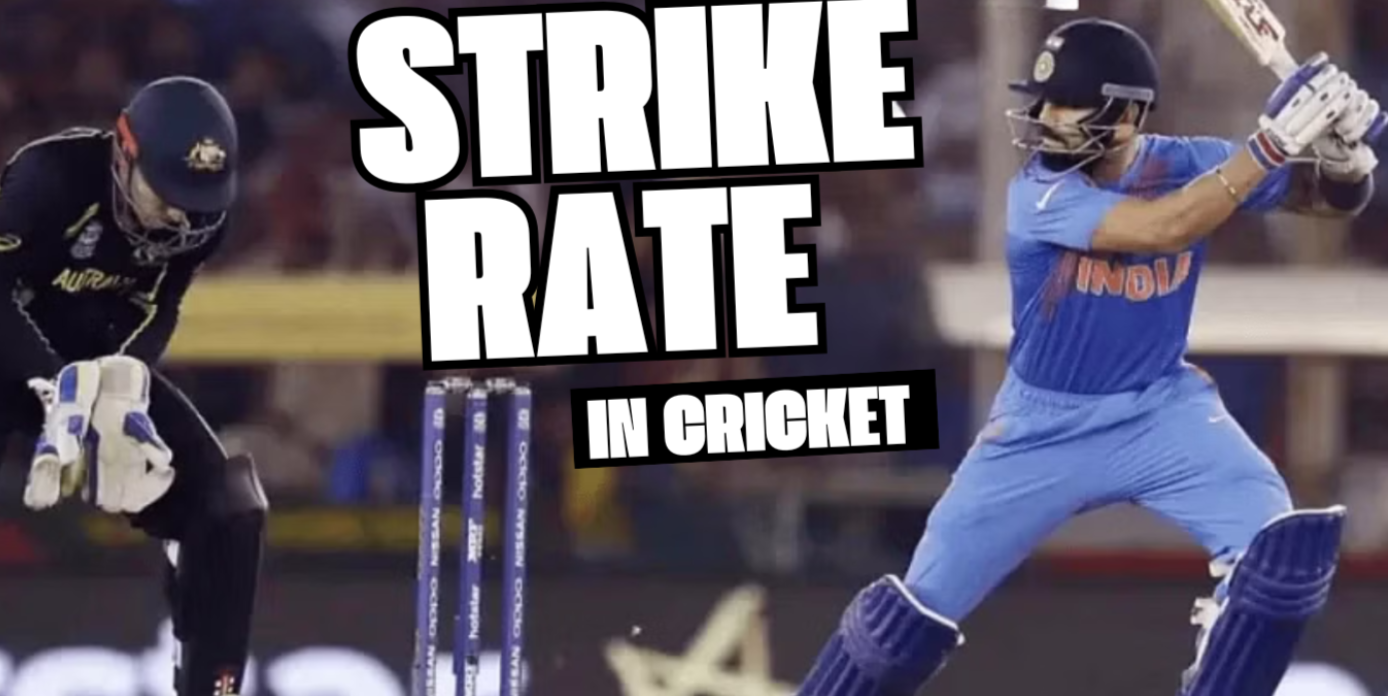If you’re an avid fan of cricket, then you’ve been exposed to a variety of information about strike rate, aren’t you? As a rule, whenever batsmen are introduced and is able to show the information on the screen as well as their average strike rate for the season as well as other information. It is also per match basis too, for instance when the game is over or the batsman has been removed the field, they will show you his strike percentage. What does it mean? What is the most important thing what is the way in which strike rate determined in cricket? If you’ve been following cricket for some time and want to know it more thoroughly and, today we’re presenting an easy-to-understand calculator guide to strike rate. Let’s start.
So, What Exactly Is a Strike Rate in Cricket?
If we take the most straightforward explanation it would look like this: It’s an amount that the batsman is hitting the ball on the ground, and scoring runs. Simple and straightforward! Let’s say that you were in the vicinity to view the cricket match that had began a few days ago and you’re now wanting to be aware of how fast the game is moving along or how quickly the batsmen are performing and that’s exactly the strike rate that is a factor. This provides you with a clear indicator of what speed batsmen are making runs.
It’s pretty straightforward and straightforward to determine that If the strike rate is greater, they’re scoring quicker and this speedy strike rate is even more crucial in formats such as T20s and ODIs since they’re limited over formats, with only a short amount of time for scoring runs.
Here’s the Simple Math Behind Strike Rate
Of all the stats that are available, the calculation of strike rate is the most straightforward to calculate, and honestly. It’s not rocket science in any way. And here’s the fundamental formula to calculate the strike rate:
Strike Rate = (Runs Scored / Balls Faced) x 100
If you use this formula, you’ll get the number which is the strike rate of batting. To simplify it for you, that a strike ratio of 100 means that the batter gets one run per ball they encounter. Easy, right?
Alright, Time For Some Real-Life Examples
So, let’s implement that formula let’s do it, do we?
Here’s an example where the batter scored around 75 runs in only 50 balls. Can you say what your strike percentage of this batsman? According to that formula result will look like this:
(75 / 50) X 100 = 150 (Strike Rate)
The batter is scoring 150 runs for every 100 balls. That’s absolutely lightning quickly!
Another example: suppose a batter has 32 runs in 48 balls. Take 32 divided by 48, then multiply it by 100 you’ll get an average strike rate of 66.67. Do you think this strike rate is satisfactory? That depends on the format you’re considering however, generally in T20s and ODIs it’s considered to be an unreliable strike rate.
Is Your Strike Rate Good or Slow? Let’s Find Out!
We’ve explained, what constitutes to be a “good” strike rate really depends on the kind of game or game’s format. For example, in test matches it is possible to be patient and score the most runs you want without being concerned about your strike rate since you’re just required to add runs on the board without considering the number of balls you’ll be facing. In Test matches an average strike rate of 50-70 is thought to be good, but anything less than that is considered acceptable.
In ODIs? Well, in ODIs you can appreciate that strike rates since you’re required to score runs at a reasonable rate or else your team would suffer the consequences. In ODIs, however the strike rate of around 80-100 is considered fairly decent and, more than that, is always a good thing.
Also, T20s are always about strike rate. Like it is important to ensure that you’re hitting the ball on in the air and scoring runs as quickly as possible. In general an average strike rate of at least 130 in an T20 game is considered to be good. What’s more? There’s no one declaring “No” to that.
To simplify it:
- Test matches: 50-70 is the norm!
- The ODI range of 80-100 is solid!
- T20s 130+ is fire!


